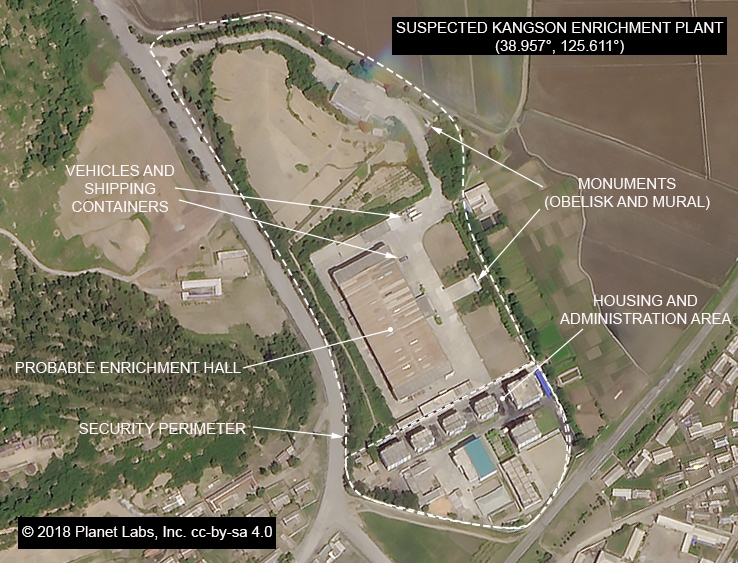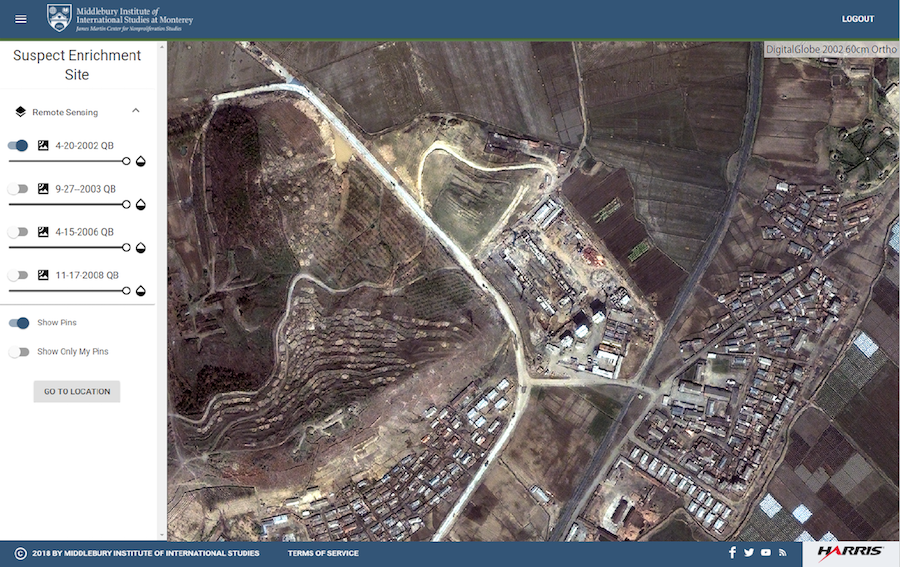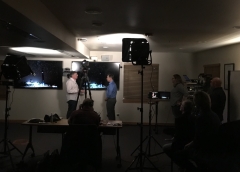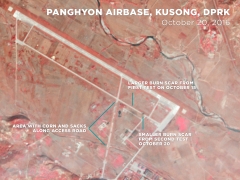NBC News Features Innovative Work of CNS Researchers
| by Eva Gudbergsdottir
Richard Engel of NBC News visited the Middlebury Institute campus to learn more about how a group of academics are using creative problem solving and innovative tools to gain insight into North Korea’s nuclear missile program.





